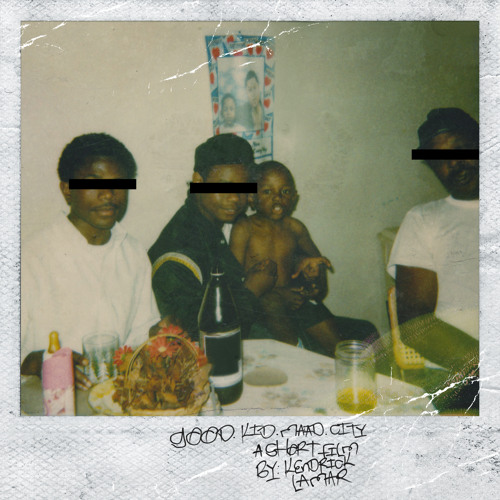In 2012 Kendrick Lamar released the album good kid, m.A.A.d city, which went on to receive 7 Grammy nominations and helped propel Lamar to worldwide fame. On this record is a song called Money Tree’s, which is the 5th song on the record and has recently became repopularized through a TikTok. “Kendrick Lamar, a maven in the world of contemporary music, has successfully carved out his niche through his distinct storytelling prowess and profoundly thought-provoking lyrics” (Harris 2023). Lamar won a Pulitzer Prize in 2018 for his album DAMN, and he became the first rapper to win the award, displaying his poetic prestige in the music world. Lamar discusses harsh and real topics that he dealt with in his childhood, growing up in Compton, California, and Money Tree’s is no exception. Lamar discusses topics that I found to have relation to my topic of financial well-being and how finances can often lead people down the wrong paths without guidance.
1. Poverty has its (mostly unfortunate) symptoms.
In the first verse, Kendrick describes a series of vignettes related to the narrator and his friends being poor. There’s an unfortunate health scare. He describes both unanimity and apathy of a group which chooses to rob an unsuspecting person. He dreams of a better life. The truth is that we all have to live with poverty; when economic opportunities aren’t made available in poor communities, it perpetuates an endless beat of carelessness, purposelessness and division. What’s more? It’s a cycle that robs people of their dignity.
2. Suddenly having a lot of money changes folks’ attitudes, motives and ambitions.
As an idiom, “money doesn’t grow on trees” is an obvious flash point given the title of the song. It seems to illustrate that the narrator is happy to be in a position where lucrative chances to earn fall down on him like so many leaves. But the narrator also seems keenly aware that there’s only so much space in the shade; that having money not only changes people and colors their intentions, but serves to expose folks unhidden from the scorching light. The results? For his part, Kendrick seems particularly obsessed with betrayal.
3. Material things can’t ease emotional pain … for an extended period of time.
Though Kendrick raps from his own perspective and from that of an amalgamation of male figures, his most poignant lines are deeply personal. The ‘pain’ he’s referring to in the line above references the death of his uncle by gun violence. Material possessions are only momentarily helpful to dull pain, but for many of us, drowning our sorrow by running up our credit cards is a sure-fire way to get into financial trouble. But then …
4. Sometimes the impulse to spend can be seductive.
Kendrick suggests the purchase of material things to help ease the pain of his uncle’s violent death illustrates how emotion can trigger impulses to spend. And it doesn’t have to be pain that we experience. Indeed, it can be a joyous experience that makes people want to spend beyond their means (Promotion? Drank. New job? Drank). While spending can fill a void, it’s important that the spending does not get out of control, especially if you have financial goals to meet.
5. Don’t walk — or dream of walking — someone else’s financial path.
“Two thousand twelve hundred racks to Uncle Sam.”
Remember that Kendrick line?
It struck me, anyway. Why? Because federal tax demands don’t usually make for good punchlines.
Taxes are a hard reality for a lot of young artists. It underlines why you should never envy someone else’s financial situation, their path to riches or “economic comfort.” Not only do you not know what it took to get there, but, for many, the challenges to maintain wealth and income are harder than getting it to begin with. To all the young people out there who love Kendrick’s music: Stick close. Have a plan. Make sure it’s attainable. Hey, a dollar might turn into a million (Sands, 2012).
Sands brings up many great points in his dissection about Money Tree’s specifically about the divisiveness of money and how it affects lives. Lamar discusses that people that grew up in a similar environment to his have an altered view on money, and he discusses how it can act as a savior to free them from the environment in which they were born into. Many people are never given guidance in how to use money or being told how it can benefit their life long-term. How then can design find solutions to money being this divisive and ‘seductive’ outlet and turn it into a tool that can be used to create generations of wealth?
Source
Sands, D. (2012, November 9). 5 money lessons from Kendrick Lamar’s “Money trees.” Black Enterprise. https://www.blackenterprise.com/kendrick-lamar-money-trees-finance-lessons/




